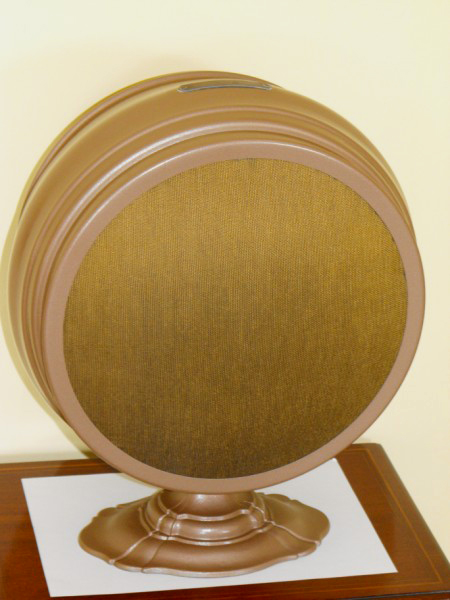Tech Talk
Forum home - Go back to Tech talk
|
Cossor Melody Maker
|
|
|
« Back ·
1 ·
Next »
|
|
|
Return to top of page · Post #: 1 · Written at 8:29:12 PM on 6 October 2013.
|
|
|
|
Location: Melbourne, VIC
Member since 5 October 2013 Member #: 1422 Postcount: 6 |
|
Hi |
|
|
Return to top of page · Post #: 2 · Written at 10:47:54 PM on 6 October 2013.
|
|
|
|
Location: Wangaratta, VIC
Member since 21 February 2009 Member #: 438 Postcount: 5625 |
|
There is a post on the US forum re using a water based "Elmer's glue on a valve base. He cooked the transformer. |
|
|
Return to top of page · Post #: 3 · Written at 12:04:07 PM on 7 October 2013.
|
|
|
|
Location: NSW
Member since 10 June 2010 Member #: 681 Postcount: 1379 |
|
I have always used superglue to reattach valve bases if loose. Quick and easy. Valves treated twenty years ago are still working OK. |
|
|
Return to top of page · Post #: 4 · Written at 9:03:47 PM on 7 October 2013.
|
|
|
|
Location: Wangaratta, VIC
Member since 21 February 2009 Member #: 438 Postcount: 5625 |
|
If the chassis is out & their are shields. octal's can be pushed by a dowel on the spigot. |
|
|
Return to top of page · Post #: 5 · Written at 7:54:57 AM on 9 October 2013.
|
|
|
|
Location: Melbourne, VIC
Member since 5 October 2013 Member #: 1422 Postcount: 6 |
|
Thanks for the replies. I'd not thought of using epoxy from the outside to glue the valve base. Seems pretty obvious now! |
|
|
Return to top of page · Post #: 6 · Written at 2:42:13 PM on 9 October 2013.
|
|
|
|
Location: Sydney, NSW
Member since 28 January 2011 Member #: 823 Postcount: 6891 |
|
I'm still considering what to do with the case. Its just rough enough that I think a repaint is justified but I'm still hesitant. |
|
|
Return to top of page · Post #: 7 · Written at 2:45:05 PM on 9 October 2013.
|
|
|
|
Location: Cameron Park, NSW
Member since 5 November 2010 Member #: 770 Postcount: 426 |
|
If the case is pretty rough, I would be inclined to repaint it, providing:  I painted this RCA speaker with a bronze hammertone finish, as the original was badly chipped and had quite a bit of rust. The original patina was just not worth looking at. Harold |
|
|
Return to top of page · Post #: 8 · Written at 2:10:36 PM on 17 November 2013.
|
|
|
|
Location: Melbourne, VIC
Member since 5 October 2013 Member #: 1422 Postcount: 6 |
|
A follow up on what I did with this radio. |
|
|
« Back ·
1 ·
Next »
|
|
|
You need to be a member to post comments on this forum.
|
|

Sign In

Vintage Radio and Television is proudly brought to you by an era where things were built with pride and made to last.
DISCLAIMER: Valve radios and televisions contain voltages that can deliver lethal shocks. You should not attempt to work on a valve radio or other electrical appliances unless you know exactly what you are doing and have gained some experience with electronics and working around high voltages. The owner, administrators and staff of Vintage Radio & Television will accept no liability for any damage, injury or loss of life that comes as a result of your use or mis-use of information on this website. Please read our Safety Warning before using this website.
WARNING: Under no circumstances should you ever apply power to a vintage radio, television or other electrical appliance you have acquired without first having it checked and serviced by an experienced person. Also, at no time should any appliance be connected to an electricity supply if the power cord is damaged. If in doubt, do not apply power.
Shintara - Keepin' It Real · VileSilencer - Maintain The Rage
